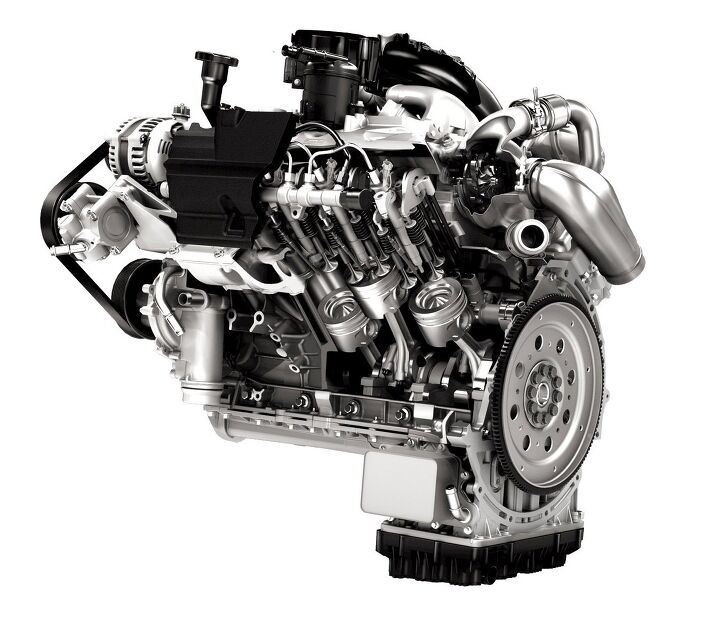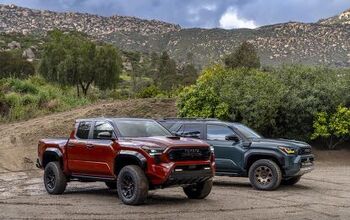Natural Gas Infused 'GDiesel' Delivers 30 Percent Improvement in Fuel Economy
Back in 1892, after almost 20 years developing a more efficient version of Karl Otto’s four-stroke internal combustion engine, Dr. Rudolf Diesel, patented his design for the Combustion Power Engine, in which air is compressed to the point that the heat generated allows it to ignite without the need for spark. Thanks to its efficiency and incredible torque capacity, the diesel engine has become a mainstay in larger pickups, over-the-road trucks, heavy equipment and many European private vehicles. However, today; 118 years after Dr. Diesel patented his design, another Rudolf has created, what is perhaps the next step in the evolution of Diesel’s original engine concept.
Dr. Rudolf Gunnerman, has created GDiesel, a new fuel for diesel engines that combines conventional ultra low sulfur diesel with natural gas, which is mostly methane.
Dr. Gunnerman’s company, Advanced Refining Concepts, blends ultralow sulfur diesel and natural gas at a 2-1 ratio — a gallon of diesel in relation to a half-gallon of natural gas — using a proprietary set of four metallic catalysts. This blending process allows the diesel to absorb the methane’s component atoms, hydrogen and carbon, resulting in a chemical reaction that makes it more combustible than conventional diesel fuel.
Dubbed GDiesel, Gunnerman’s fuel is said to yield up to a 30 percent improvement in fuel economy. It’s also compatible with existing fuel storage and dispensing equipment and requires no modifications to vehicles or power-generating equipment.
ARC is in the final stages building a refining facility in Nevada that will be able to produce up to 100,000 gallons of GDiesel a day. In the future, smaller GDiesel refineries may be built near ready supplies of natural gas and methane, such as by a garbage dump or large farm, where methane can be harvested as a waste product.
Dr. Rudolf Diesel originally envisioned his engines would be able to run on vegetable oil, but modern feedstock fuels have been unpopular because they use valuable land for harvesting crops and generally aren’t available in large enough volumes to permit competitive prices against current supplies of diesel or gasoline. But because Dr. Gunnerman’s GDiesel, doesn’t have an impact food supplies (like say Ethanol), doesn’t require any changes in infrastructure and is able to be used in existing diesel engines without modification, perhaps the U.S. has found a really workable solution for powering vehicles in the future. So while some may say that history doesn’t repeat itself; when it comes to diesel technology and a pair of doctors named Rudolf, it appears to come darned close.
[Source: Pickuptrucks.com]
More by Huw Evans
































Comments
Join the conversation